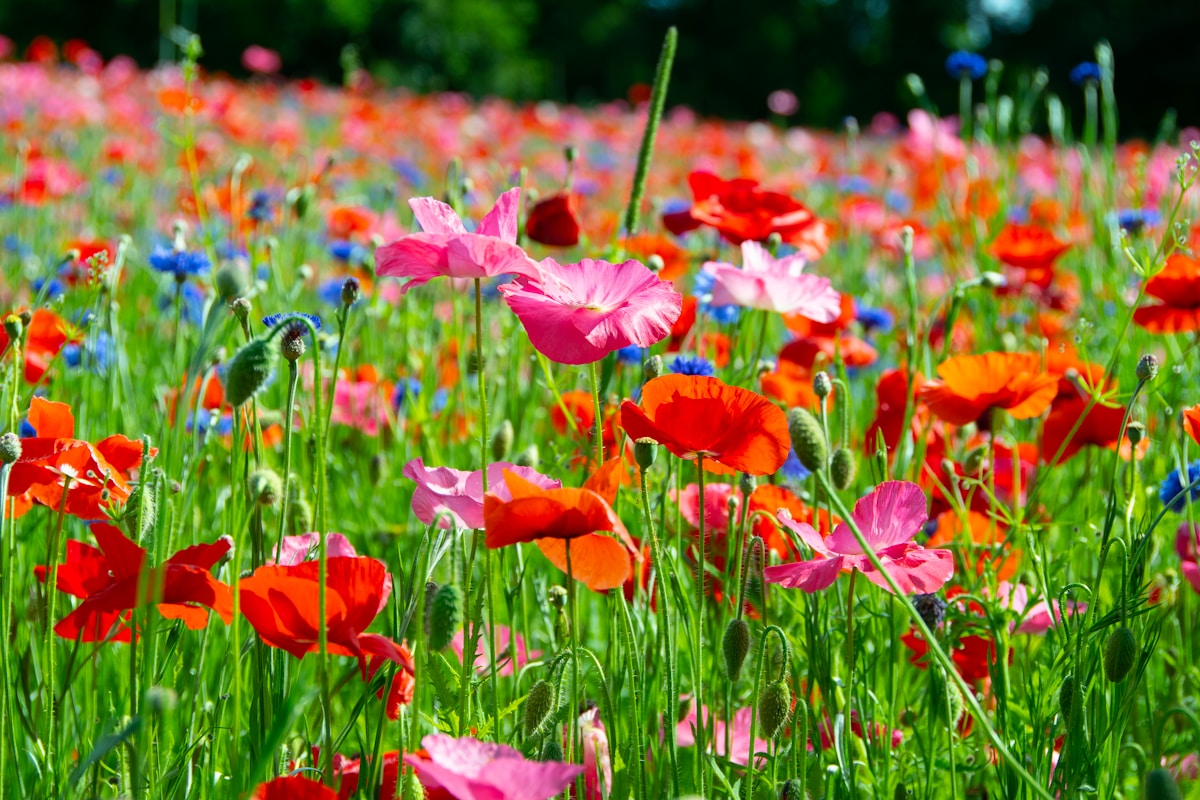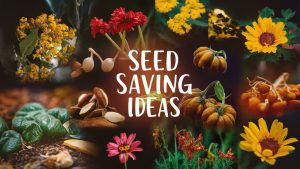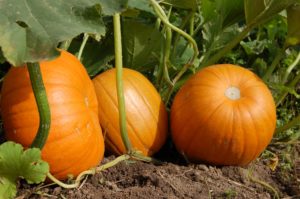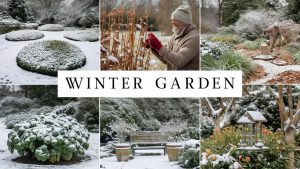In this post, we’ll dive into the world of wildflower gardens, exploring their benefits, designing tips, plant suggestions, and how to maintain these natural masterpieces.
Design Considerations

Wildflower gardens can be designed in diverse ways, spanning from naturalistic and meadow-like arrangements to more structured, cottage-style layouts. Here are a few ideas to stimulate your creativity:
Meandering Paths: Create a naturalistic look by designing paths that flow gently through your wildflowers. You can build these paths using mulch, pebbles, or stepping stones to guide visitors through the garden, allowing them to immerse themselves in the sights and scents of the blooms. This approach not only enhances accessibility but also lends an inviting and intimate feel to your garden space.
Layering Heights: Consider the heights of the various wildflowers and plan your layout to create a harmonious flow. Taller species like sunflowers or purple coneflowers can provide a stunning backdrop to lower-growing blooms like clover or violets. This layering creates depth while allowing each flower to shine in its own space without crowding other species.
Seasonal Color Schemes: Plan your wildflower garden around seasonal blooms to maximize visual interest. For instance, think about incorporating early bloomers like primroses, which can kick off the color show in spring. Transition to mid-summer favorites such as black-eyed Susans, and finish the season with late bloomers like goldenrods and asters. This strategy will keep your garden looking vibrant and appealing from spring through fall, maintaining a continual interaction with nature.
View this post on Instagram
Isn’t this garden so dreamy? I love how the tall grasses meet the manicured lawn pathway, like a secret garden leading to somewhere magical. The way it blends so seamlessly into the surrounding landscape makes it feel so natural and effortless. It’s kind of a wild, romantic, but a bit more structured, if that’s your thing! I am feeling all the textures and colors here, don’t you think it provides a really great design point to kickstart a wildflower garden?
View this post on Instagram
Here’s a garden idea that’s just bursting with personality! I love how this design uses a simple fence as a backdrop, letting the vibrant colors of the wildflowers really pop. Imagine a mix of pink echinacea, fiery orange blooms, and touches of purple creating a little haven for bees and butterflies right in your backyard. It’s a relaxed, almost wild feel, but still feels intentionally planted and cared for. Plus, it shows you don’t need tons of space to create something beautiful and buzzing with life!
View this post on Instagram
What I love about this design is the simplicity of the color scheme with a pop of fun. It’s mostly blue, white, and pink, which is super calming. Can you imagine this along a fence? Plus, it looks like there’s just enough variety to keep it interesting without being overwhelming. It feels so natural and easy.
View this post on Instagram
Okay, so how about this as a concept: a vibrant, informal wildflower border. I love how it edges a simple path, creating this immersive experience. It’s also a great way to define a space without needing formal landscaping. Plus, think of all the happy bees and butterflies you’d attract, It would look great to walk the dogs through here every morning.
View this post on Instagram
How fun is this?! I love the idea of just letting loose with wildflowers right up to the house. The cosmos and zinnias together create such a cheerful, vibrant, and easy-going feel. And don’t even get me started on the pop of color from that front door – what a happy welcome every day! Imagine coming home to that burst of color and life.
View this post on Instagram
I just love the idea of creating a wildflower space where you can literally immerse yourself in blooms, don’t you? Look at the gorgeous shades of purple and blue – just so calming. I think a design like this creates such an inviting space, almost like it is calling you in to be with nature. It might be a bit more involved but would be worth it to create a personal sanctuary! Really, you could just sit and enjoy the fragrance for hours.
View this post on Instagram
Sometimes the best way to connect with nature is to immerse yourself in it! This wildflower garden really takes that to heart, creating a vibrant meadow right up to the house. I love how the mix of colors and textures feels so natural and carefree. Imagine strolling through that every day, maybe even grabbing some blooms for a vase. Perhaps you could even set up a greenhouse in the background like the gardener in this design did.
View this post on Instagram
How about something that blends a mini wildflower meadow with a little bit of whimsy? I’m thinking this would be super charming, especially if you have little ones. Scatter a mix of colorful wildflowers like poppies, cornflowers and some colorful marigolds and other blooms, let them grow a little wild, and then pop in a fairy house for a touch of magic. It’s just adorable, isn’t it? Like a tiny world all its own.
View this post on Instagram
Here’s a thought: how about a mix of textures and colors that feels almost meadow-like, but is clearly cared for? I love the defined pathway, especially how it invites you to wander through all the blooms. The use of coneflowers and other upright varieties really gives it a sense of height and drama. Plus, the way it all leads up to that modern barn structure creates a really interesting juxtaposition of rustic and contemporary. Imagine your furry friend bounding through a garden like this!
View this post on Instagram
Imagine this meadow right outside your window! It doesn’t need to be huge, just a concentrated patch of wildflowers bursting with color. The slightly less formal edges of this design really work as a contrast against the more structured parts of the garden. I love how the wildflowers soften the landscaping near the house and stepping stones, like an informal path. It feels like you could walk right in and pick a bouquet.
View this post on Instagram
I’m really drawn to the simple charm of this little wildflower patch. I love the way it softens the hard lines of the brick wall, creating a cottage-garden feel. The mix of poppies, daisies, and other wildflowers is so cheerful and easygoing. Even a small, simple picket fence can make it feel intentional and contained. This feels very achievable and adds a lot of personality to the garden.
View this post on Instagram
I’m really feeling this design’s whimsical charm and the way it mixes heights and colors. The vibrant yellows really pop against the purples of the foxgloves, creating such a dynamic contrast. And who wouldn’t love having roses peeking out among the wildflowers? I can see this being a really fun and surprisingly low-maintenance option! It’s got a bit of a cottage garden vibe that’s totally irresistible.
View this post on Instagram
I think this one has a cool blend of a carefully planted garden and a more wild, natural feel. It looks like they’ve used groupings of tall grasses to create little hills, almost like mini dunes. I love how the wildflowers in the foreground mix textures and heights. Something else to note is the way they have incorporated a variety of native trees in the background giving it a kind of mystical feel don’t you think? It looks like a truly magical place.
View this post on Instagram
I’m totally dreaming about recreating this look! Imagine walking up a path, practically swimming through a sea of daisies. Throw in some smaller bursts of yellows and greens here and there for a carefree, meadow vibe. It’s a lovely way to transform a slope into something magical, and honestly, who wouldn’t want to stroll through this every day?
View this post on Instagram
I’m totally in love with how this garden blends right into the home. It’s such a cozy, almost fairytale feel, don’t you think? I mean, how amazing would it be to have your own little cottage core paradise? The layering of heights and colors really gives it a lush, abundant vibe. Maybe we could all use a little more of that natural harmony, right?
View this post on Instagram
Here’s a design that really caught my eye! Imagine framing your wildflowers with a charming white picket fence. It provides the perfect backdrop to let the colors of your blooms really pop. Plus, the gazebo peeking through in the background creates such a dreamy, cottage-garden feel, don’t you think? So whimsical and inviting!
View this post on Instagram
Here’s a charming idea! I really love the densely planted wildflower bed, don’t you? The varying heights and colors give it so much depth and texture! And I appreciate how the flowers contrast so beautifully with the structure of the stone cottage. You could even add some quirky architectural elements like the twig trellises to make it your own. It’s a romantic and whimsical look that feels both wild and intentionally designed!
View this post on Instagram
Here’s a garden bursting with life and color! I love the whimsical stepping stones that lead you on a little adventure. The use of ornaments is a wonderful personal touch, don’t you think? And those glass lanterns? Absolute magic! It feels so cozy and inviting, perfect for a small backyard oasis.
View this post on Instagram
I think this is a great option if you want a bit of structure while still embracing that loose, wildflower vibe. I love how the galvanized steel raised bed gives it a clean, modern edge, but the overflowing mix of colorful poppies, cornflowers, and other wildflowers keeps it from feeling too formal. It’s almost like a happy accident of colors, right? Plus, the raised bed makes it a little easier on your back if you’re like me and hate bending over! Just imagine how beautiful it would look along your fence line!
Wildflower Plant Recommendations
Now that you have your location and design ideas, let’s explore some exceptional wildflowers that you might consider planting in your garden. Here are notable selections that thrive in various regions across North America, each with its unique charm to enhance your garden’s allure.
Northwest U.S. Favorites
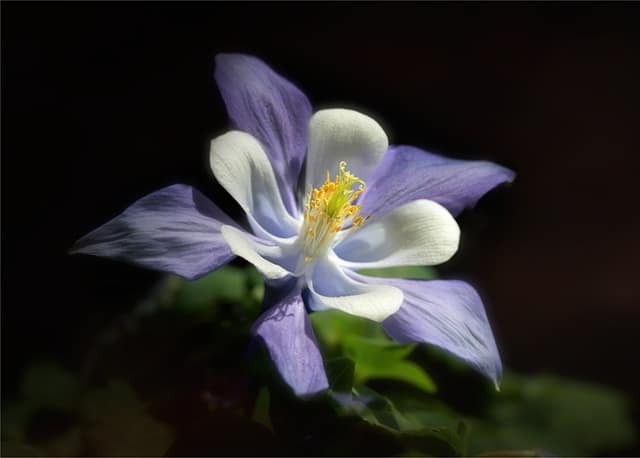
Western Columbine (Aquilegia formosa): This delicate flower, with its striking red and yellow blooms, is a favorite among hummingbirds. Its unique shape creates a fascinating visual, and its ability to thrive in partial shade makes it a versatile choice for gardens with varying light conditions.
California Poppy (Eschscholzia californica): As the state flower of California, this annual is celebrated for its bright orange hue and delicate petals. It thrives in poor soil and requires very little water, making it an excellent choice for drought-prone areas.
Midwestern Selections
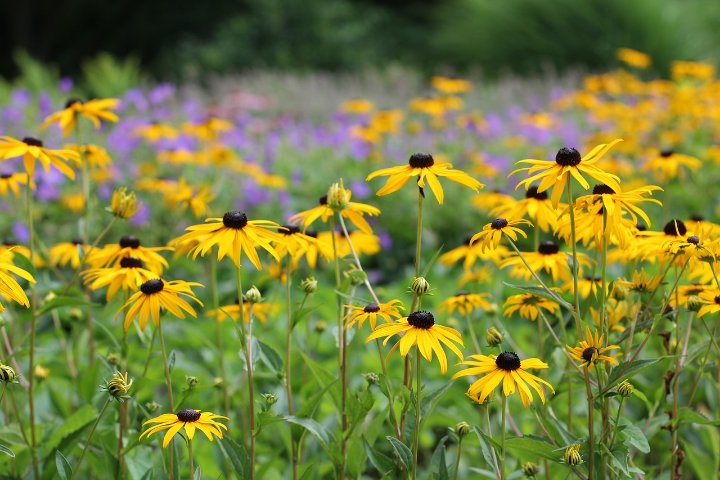
Common Milkweed (Asclepias Syriaca): Known for its fragrant clusters of pink flowers, this perennial is essential for supporting monarch butterflies, which rely on it for reproduction. In addition to attracting wildlife, milkweed stands tall, creating an eye-catching focal point in your garden.
Black-eyed Susan (Rudbeckia hirta): This perennial is a classic wildflower known for its striking golden petals and dark centers. It is easy to grow, drought-tolerant, and attracts a variety of pollinators, making it an excellent addition to any wildflower garden.
Southeastern Wildflowers
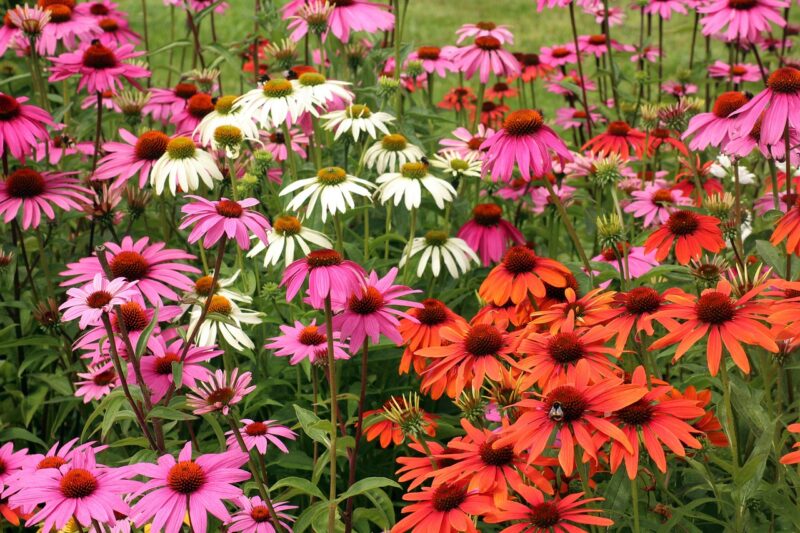
Coreopsis (Coreopsis tinctoria): This hardy perennial blooms profusely with yellow and red petals, producing a cheerful display that can brighten any garden. It’s a resilient plant that thrives in sunny areas and can attract both butterflies and bees.
Purple Coneflower (Echinacea purpurea): Renowned for its medicinal properties, this perennial has a prominent role in herbal medicine. Beyond its utility, the purple coneflower attracts butterflies and bees, making it an excellent choice for enhancing the biodiversity of your garden.
Northeast Gems
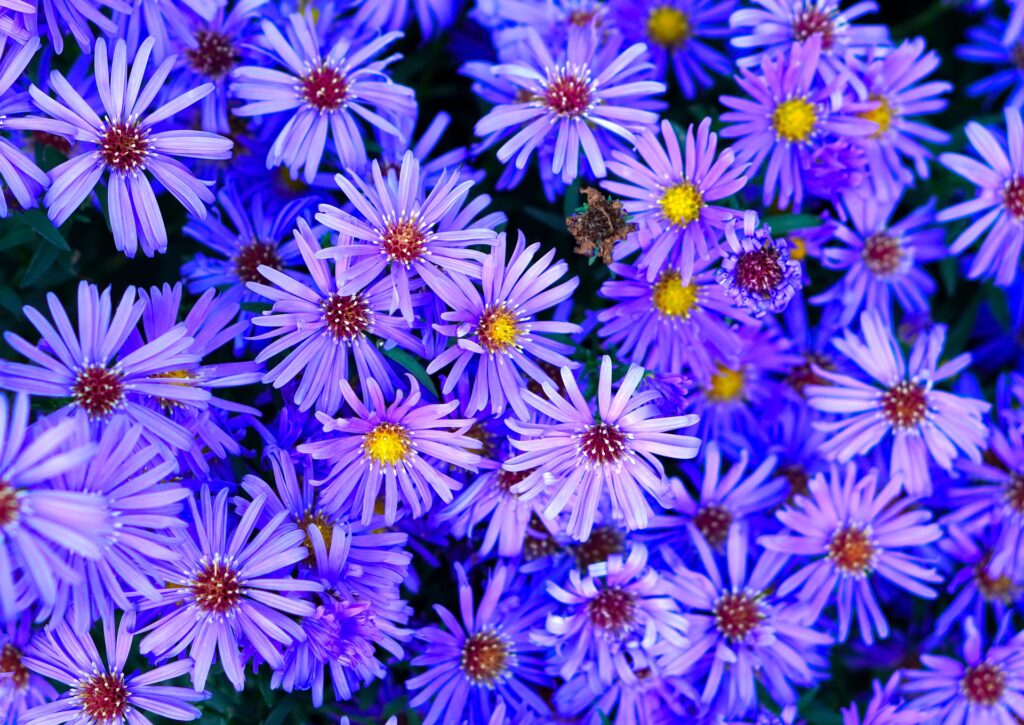
New England Aster (Symphyotrichum novae-angliae): With its charming purple blossoms, this late-blooming perennial adds color to your garden as summer fades into fall. It attracts various pollinators, providing essential nectar when many other flowers have wilted.
Wild Bergamot (Monarda fistulosa): Known for its aromatic leaves and striking lavender flowers, this plant is a hit with bees and butterflies while also offering culinary possibilities. You can incorporate its leaves into teas or as seasoning, making it both practical and beautiful.
The Allure of Wildflower Gardens

Before we plunge into garden inspirations, let’s take a moment to appreciate why wildflower gardens captivate our hearts. There are several compelling reasons that highlight their charm and environmental importance.
Biodiversity Boosters
Wildflower gardens serve as vital ecosystems in our increasingly urbanized world. By incorporating native plants, you foster habitats for a variety of pollinators, beneficial insects, and birds. Native plants provide food and shelter essential for the survival of these creatures. For example, a wildflower garden can attract pollinators like bees and butterflies, which are critical for the reproduction of many flowering plants.
Moreover, a diverse plant community helps promote biodiversity. It improves soil health, reduces pest populations naturally, and enhances a garden’s resilience to climate fluctuations. This interconnectedness underscores the role of wildflower gardens in encouraging a healthy ecosystem, making them more than just a decorative element—they are a crucial part of environmental stewardship.
Low Maintenance Wonders
One of the most appealing aspects of wildflower gardens is their low-maintenance nature. Once established, many wildflower species are adapted to their environment and can thrive with little care. Unlike traditional gardens that require regular watering, mowing, and pest control, wildflowers are often drought-resistant and can grow in poor soils.
This self-sufficiency means that even novice gardeners can find success, leading to less frustration and more enjoyment. It allows you to spend more time admiring the beauty of your garden rather than laboring over it. This ease of care is particularly attractive to those who may have busy lifestyles or wish to minimize their gardening efforts while still enjoying a vibrant natural space.
Seasonal Splendor
Wildflowers bloom throughout the seasons, providing a kaleidoscope of colors and textures that evolve with the passage of time. Spring ushers in delicate blossoms such as wild tulips and bluebells, splashing color through the landscape. As the summer sun intensifies, you’ll find cheerful daisies, coneflowers, and sunflowers standing tall amongst the greenery. As autumn approaches, the garden transforms again, showcasing the golden hues of goldenrods and the striking purples of asters.
This continuous cycle of blooming plants ensures that there is always something new to admire. The dynamic nature of a wildflower garden can captivate your senses and create a living masterpiece that changes and evolves year-round, allowing for a unique experience every time you step outside.
Personal Expression
Each wildflower garden is a canvas for personal expression, allowing you to reflect your unique style through plant choices, colors, and design elements. You have the option to create themes based on color palettes, such as a soothing monochromatic garden or a vibrant, energetic riot of hues. Alternatively, consider planting flowers with connections—such as those that hold sentimental value or are significant within your family’s history.
Beyond flowers, you may also include whimsical touches like garden art, rustic benches, or creative pathways that express your personality and invite contemplation. The result is a space that not only appeals aesthetically but also resonates on a personal level, contributing further to your connection with nature.
Planning Your Wildflower Garden
Creating a wildflower garden is an exciting endeavor that begins long before you drop seeds into the soil. Here’s how to prepare for your wildflower paradise systematically.
Location, Location, Location
Finding the right spot for your wildflower garden is crucial to its success. Identify an area that receives ample sunlight because most wildflowers thrive in full sun, which translates to about 6 to 8 hours of sunlight each day. While many wildflowers prefer sun-drenched spaces, it’s essential to consider the native ecosystems in your area, as some wildflowers can flourish even in partial shade.
In addition to light, the quality of the soil plays a vital role in plant health. Many wildflowers prefer well-draining soil. Conducting a soil test can provide insights into the nutrient levels and pH of your garden’s earth. This information will enable you to amend the soil as needed, ensuring optimal growing conditions. If the soil is particularly compacted or lacking in nutrients, consider incorporating organic matter, such as compost or sand, to encourage healthy plant growth.
Choosing the Right Plants
When it comes to wildflowers, native plants are typically the best choice. These plants are well-suited to your local climate and soil conditions, making them hardier and less prone to diseases than non-native alternatives. Research which wildflowers are native to your region—local horticultural societies, extension services, and native plant societies often provide resources, guidelines, and lists of ideal plants for your area.
You can also select wildflower seed mixes available at garden centers that are curated specifically for your region. These mixes often contain a variety of flowers that bloom at different times throughout the season, ensuring continuous color and life in your garden. Furthermore, selecting a mix that promotes biodiversity helps encourage a healthy ecosystem that supports pollinators and other beneficial creatures.
Creating a Sustainable Ecosystem
While planting wildflowers is fundamental to your garden, creating a sustainable ecosystem involves more than just flowers. Here are approaches to enhance your wildflower garden’s ecological integrity while creating a self-sustaining environment.
Use Organic Practices
Embracing organic gardening practices is vital for ensuring a sustainable wildflower garden. Limit the use of chemicals that can harm beneficial insects or contaminate soil and water sources. Instead, focus on building healthy soils through compost and natural amendments, which provide the nutrients wildflowers need over time without the harsh side effects of fertilizers.
Employing natural pest control methods, like introducing beneficial insects (for example, ladybugs for aphid control) or using companion planting techniques, can create a balanced environment that limits the need for toxic pesticides. Additionally, organic practices help maintain the health of pollinators and other wildlife, allowing your garden to flourish in harmony with nature.
Incorporate Hardscapes
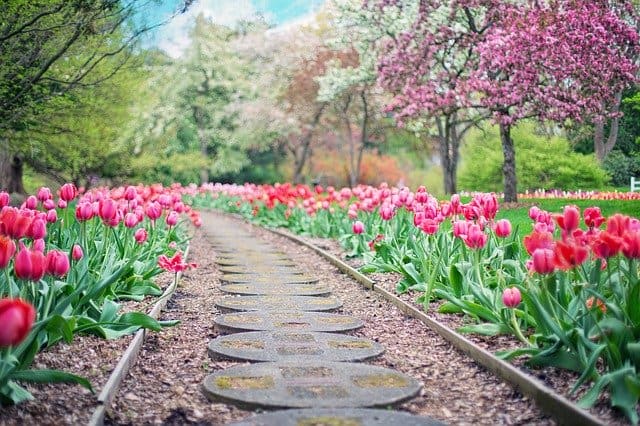
Incorporating hardscape elements into your wildflower garden can enhance both its ecological function and aesthetic appeal. Introduce rocks, logs, and natural stones that create microhabitats for small mammals, reptiles, and beneficial insects.
These structures provide essential shelter, breeding grounds, and feeding opportunities, contributing to the overall health of the ecosystem. Hardscape features can also help divide different garden areas, hinting at the sense of exploration while maintaining the overall flow and beauty of your garden design.
Employ Mulching Techniques
A layer of organic mulch, such as shredded bark, straw, or grass clippings, not only suppresses weeds and keeps moisture in the soil but also enriches the earth as it decomposes. This nourishing layer creates a more natural appearance and helps protect plant roots during extreme temperatures.
Mulching also attracts beneficial insects, encourages soil microbes, and helps regulate moisture levels, resulting in healthier plants. By using natural materials for mulching, you create a sustainable cycle within your garden that supports growth without the need for artificial interventions.
Engaging with Wildlife
One of the greatest joys of a wildflower garden is its ability to attract wildlife. By consciously planning your garden with wildlife in mind, you can create a more vibrant and dynamic space that enriches your gardening experience.
Provide Natural Habitats
A wildflower garden can serve as an essential habitat for various creatures, from insects to birds and small mammals. Create sheltered areas by incorporating native grasses, shrubs, or dedicated “wild zones” featuring untouched patches of flora. These habitats provide essential food sources, shelter, and breeding grounds to support local wildlife populations.
Consider planting a diverse array of plants that bloom at different times of the year to create a continuous source of food. This strategy ensures that your garden remains a vibrant haven for various species all year round.
Water Sources
Wildlife, like all living creatures, needs water. Incorporating a small pond, birdbath, or even a shallow dish of water can provide hydration for birds, insects, and other animals that visit your garden.
Birdbaths can attract a variety of bird species, and adding stones or plants around the edges can encourage them to feel safe while drinking or washing. Water features also create soothing sounds and reflect light beautifully, enhancing your garden’s aesthetic charm.
Limit Lawn Areas
Consider reducing the size of traditional lawn spaces in favor of wildflower areas. Lawns require substantial resources in terms of water, fertilizer, and mowing. In contrast, wildflower areas offer low-maintenance beauty that can support far more biodiversity.
Replacing sections of grass with wildflowers promotes essential habitats for insects and other wildlife while fostering environmental sustainability. Plus, you can unify the entire landscape by integrating wildflower patches into your yard’s overall design, thus enhancing its natural appeal.
Maintaining Your Wildflower Garden
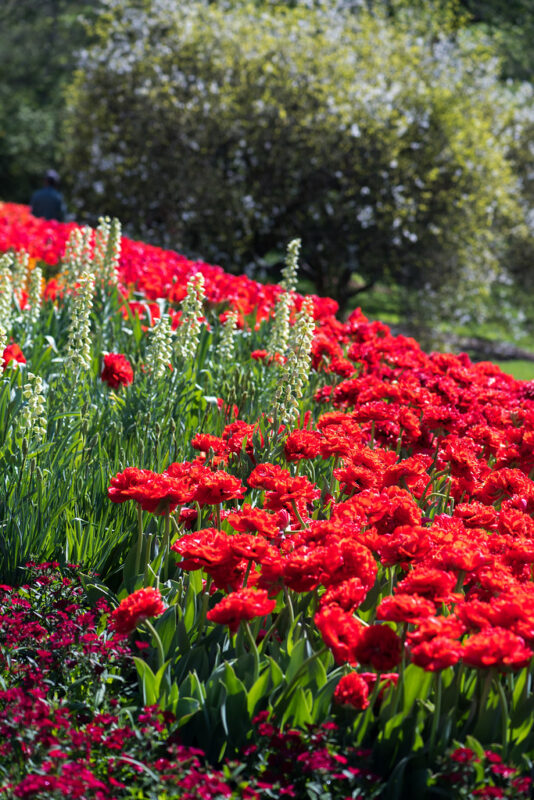
Once your wildflower garden is established, ongoing maintenance is key to keeping it healthy and vibrant. A little effort each season can go a long way toward ensuring long-lasting beauty.
Regular Monitoring
Keep an eye on the growth and health of your flowers throughout the growing season. Regularly check for signs of pests or disease and take quick action to address any problems. Being vigilant allows you to mitigate potential issues before they become more significant challenges.
Adopt an integrated pest management (IPM) approach by promoting beneficial insects that can help control pest populations without the use of harmful chemicals. Encouraging natural predators like ladybugs or lacewings can provide a natural balance, allowing your garden to thrive.
Seasonal Clean-Up
At the end of each growing season, ensure your garden receives a little seasonal tidying. Remove any dead plant material that can harbor pests and diseases. However, consider leaving some plant stems and seed heads in place over the winter months to provide food and nesting sites for wildlife.
The cuttings can also contribute to the aesthetic appeal of winter landscapes, standing tall against the snow while serving as a reminder of the beauty that awaits in spring. This dual purpose boosts both wildlife benefit and garden appeal through seasonal change.
Re-seeding and Cross-Pollination
Wildflower species often benefit from re-seeding, which can encourage new growth in the following year. Allow flowers to drop their seeds naturally, promoting predictable blooms without the need for replanting every season.
Cross-pollination between similarly blooming species can lead to a more resilient garden and introduce beautiful variations as hybridization occurs. This spontaneous development adds to the dynamic and unpredictable nature of your garden while supporting a diverse plant community.
The Joy of Experiencing Your Creation
One of the greatest aspects of a wildflower garden is its ability to create connections—not just with nature but with community, family, and even our inner selves. Your wildflower garden can be a space for reflection, relaxation, and creativity.
Engage the Senses
Wildflower gardens foster multi-sensory experiences that go beyond visual appeal. The gentle swaying of flowers in a breeze, the sweet fragrances of various blooms, and the melodious sounds of buzzing bees and chirping birds create a magical atmosphere that can be therapeutic.
Spend leisurely afternoons in your garden, listening to the sounds of nature or watching butterflies flutter among the flowers. Consider adding seating areas or hammocks where you can read, meditate, or simply enjoy the beauty of your surroundings, allowing you to rejuvenate your spirit in a tranquil oasis.
Community Involvement
Engaging community members in your wildflower gardening journey can amplify the experience. Organize planting days, educational workshops, or cleanups with neighbors and friends to foster a sense of community spirit. Gardening can be a communal activity that encourages relationships while sharing the joys and challenges of cultivating nature.
Creating a collective space provides opportunities to learn from one another, exchange tips and share stories. Not only does this deepen your connection to the land, but it also promotes awareness of the importance of native ecosystems and wildlife conservation.
Learning and Exploring
Use your wildflower garden as an invaluable educational tool. Introduce children and newcomers to the wonders of the natural world. Use the garden as a backdrop for lessons about the essential roles of pollinators, the significance of biodiversity, and the importance of native plants.
By fostering ongoing curiosity about nature, where it thrives and how it impacts our lives, you can cultivate a generation that appreciates and respects the environment. These lessons can lead to lifelong values of stewardship and care for the planet.
Conclusion: Your Wildflower Adventure Awaits
Embarking on a wildflower gardening journey opens the door to countless possibilities, from supporting local wildlife to creating a lush, vibrant display bursting with color. With careful planning, a selection of native flora, and a commitment to sustainable practices, you can cultivate an authentic wildflower garden that flourishes year after year.


